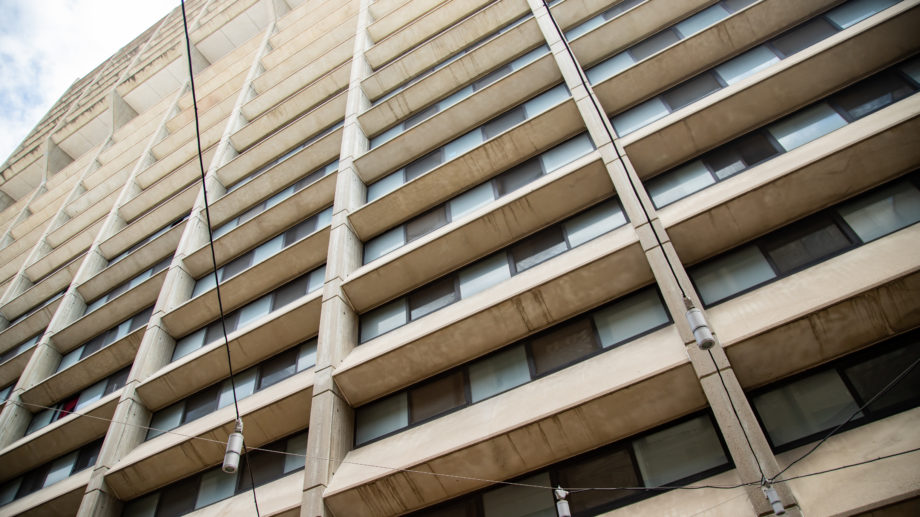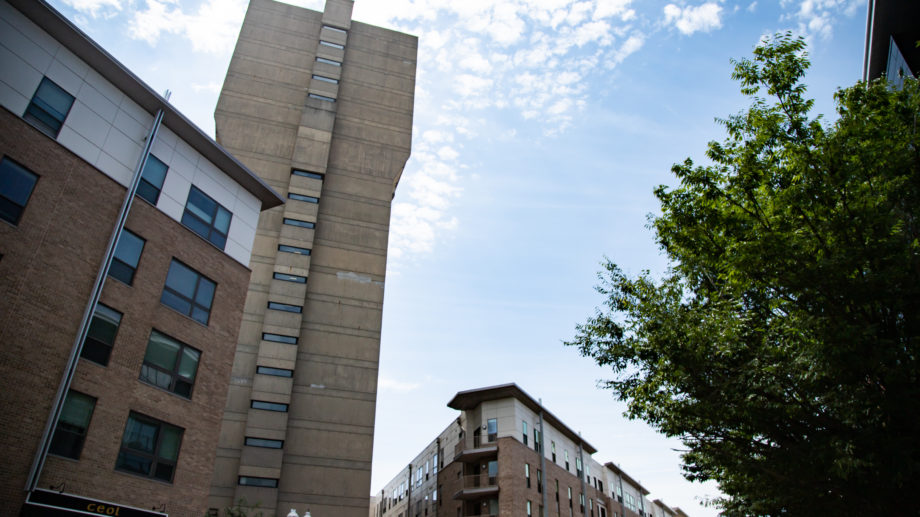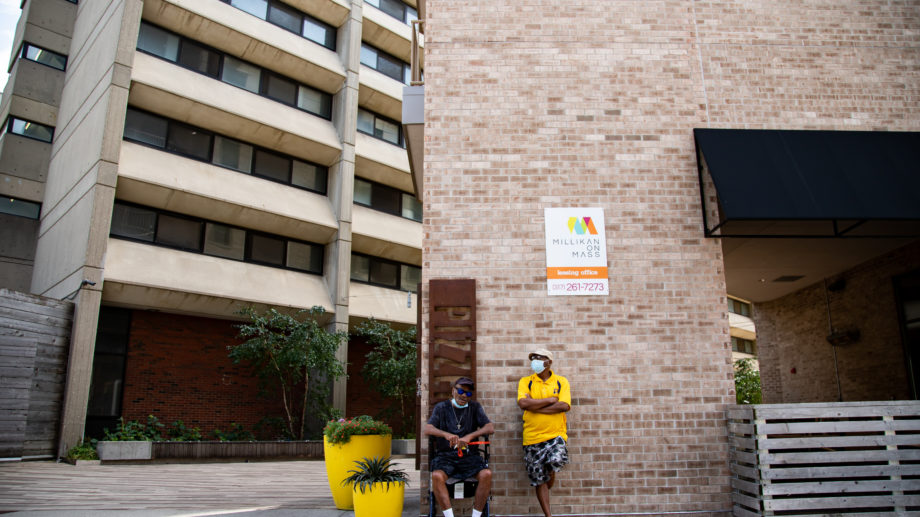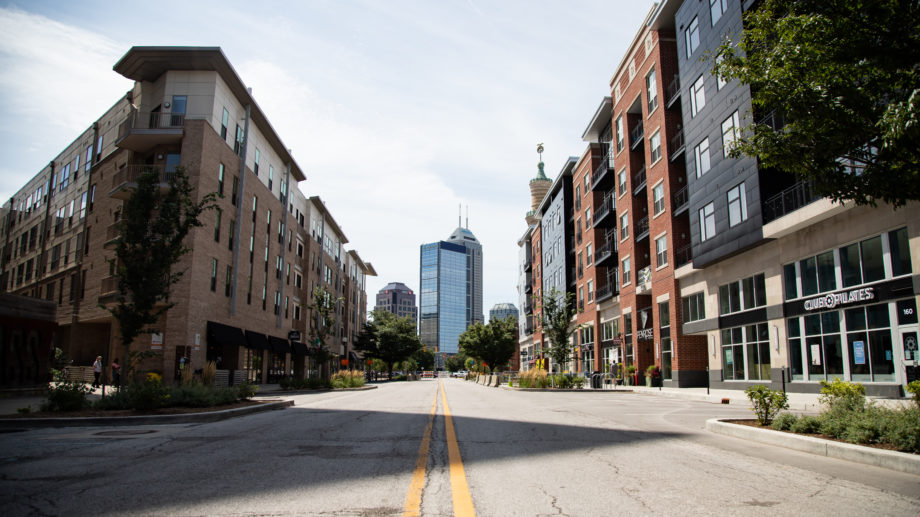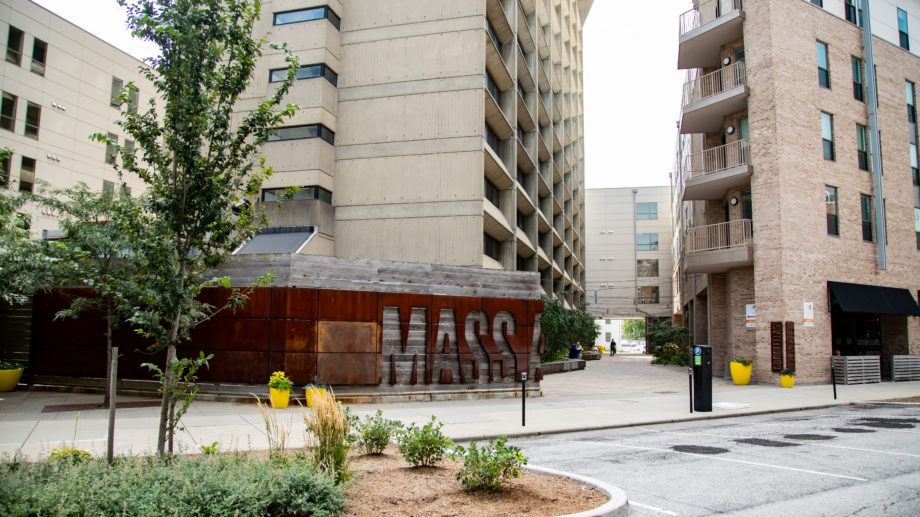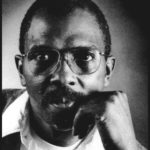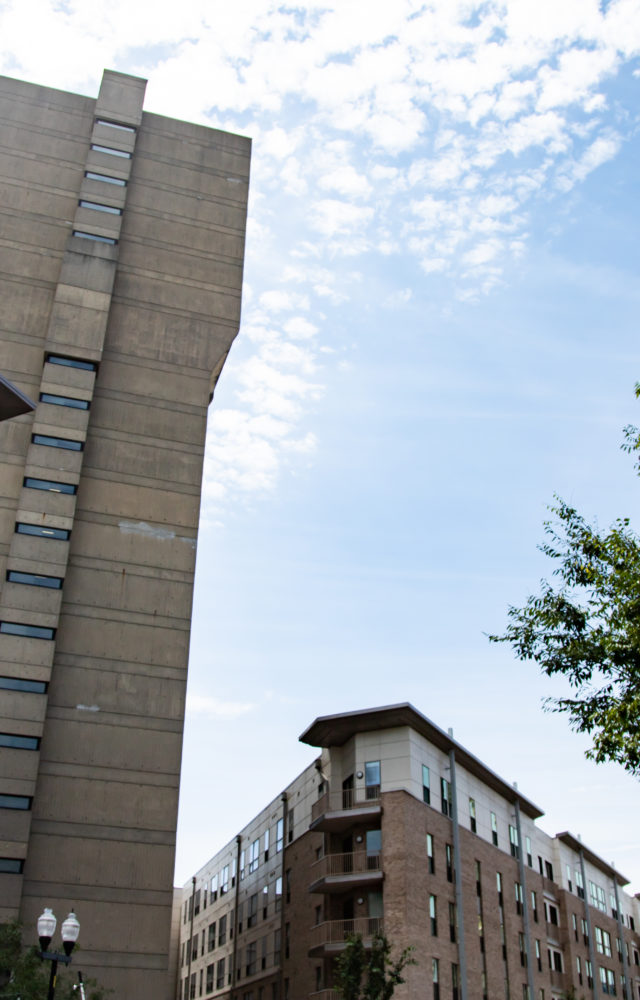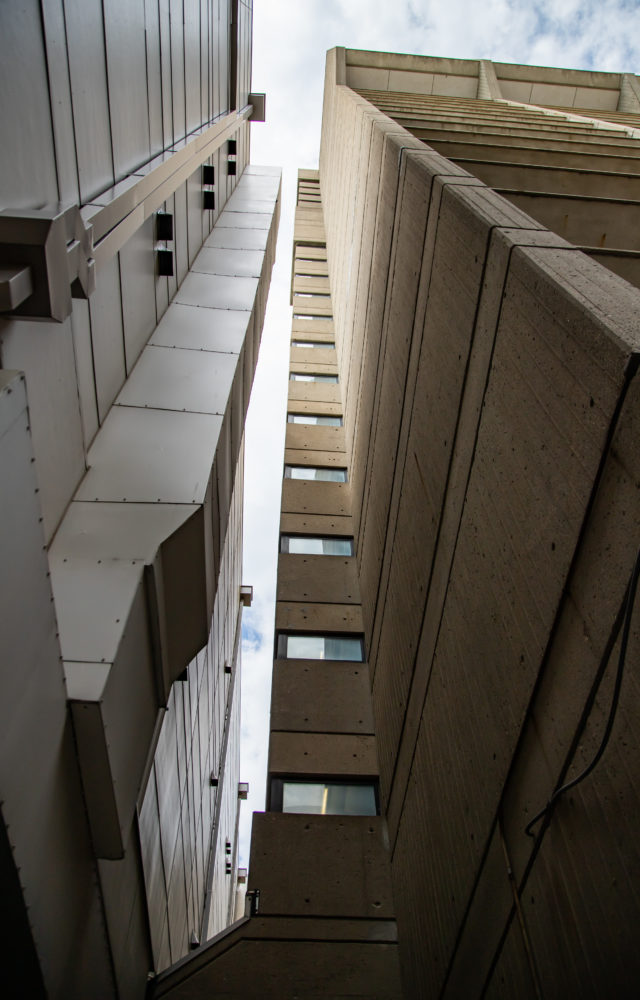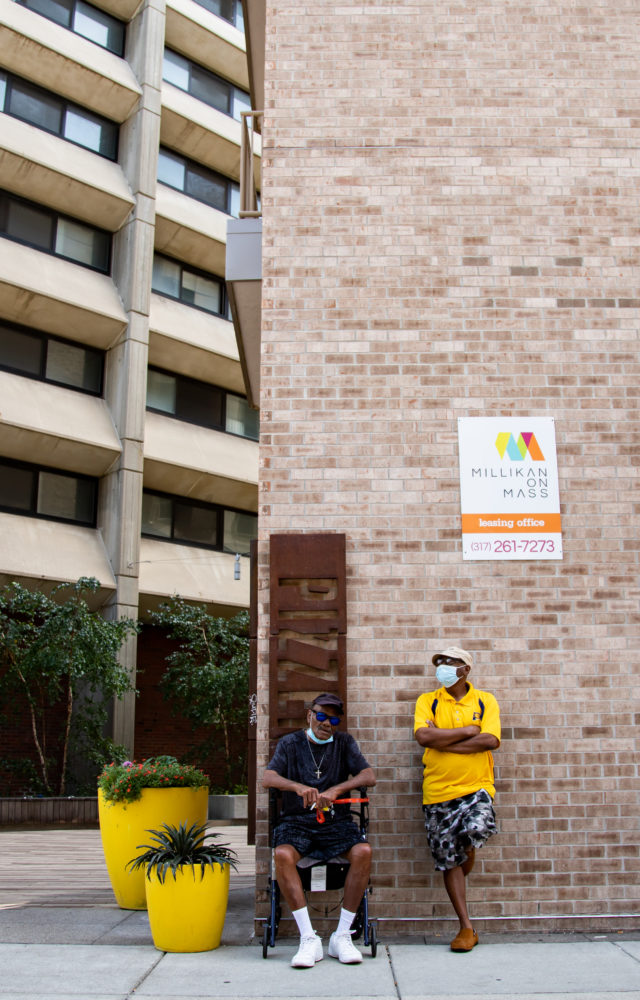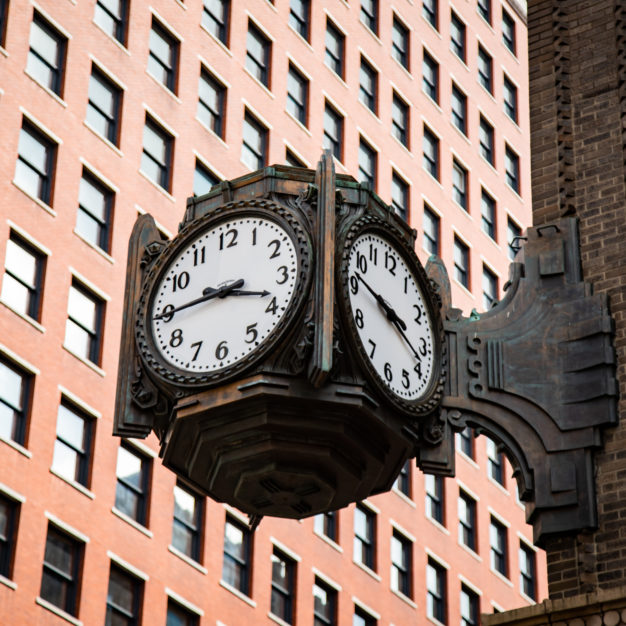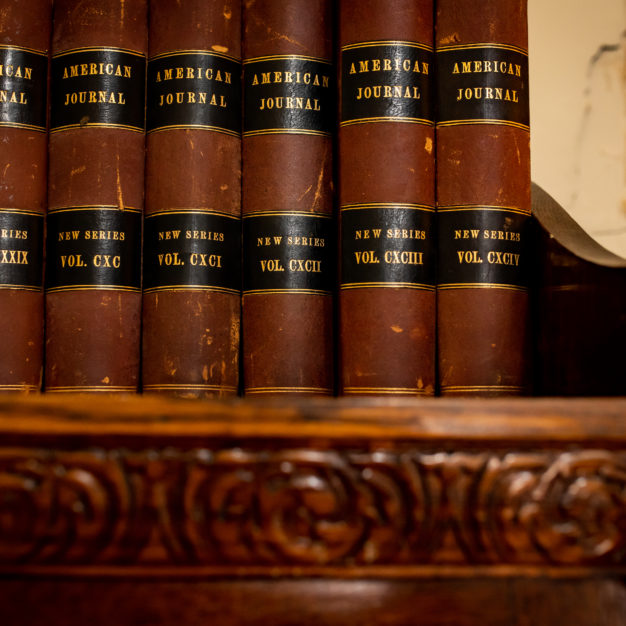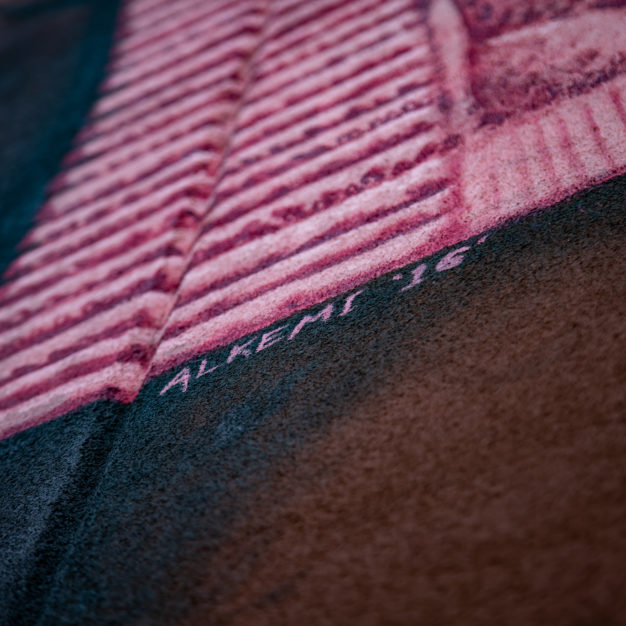Barton Towers39.774743, -86.149524
Author and poet Etheridge Knight spent a great deal of time in his residence at Barton Towers and at the surrounding restaurants and shops.
Author
Etheridge Knight
b. 1931 – d. 1991
Literary Inspiration
“The Idea of Ancestry”
Published 1968
NOTES
Dig
Deeper
Indianapolis is a place that inspires creativity. This is one of a dozen original pieces of visual and performing art created by Hoosier artists inspired by Bookmark Indy authors.
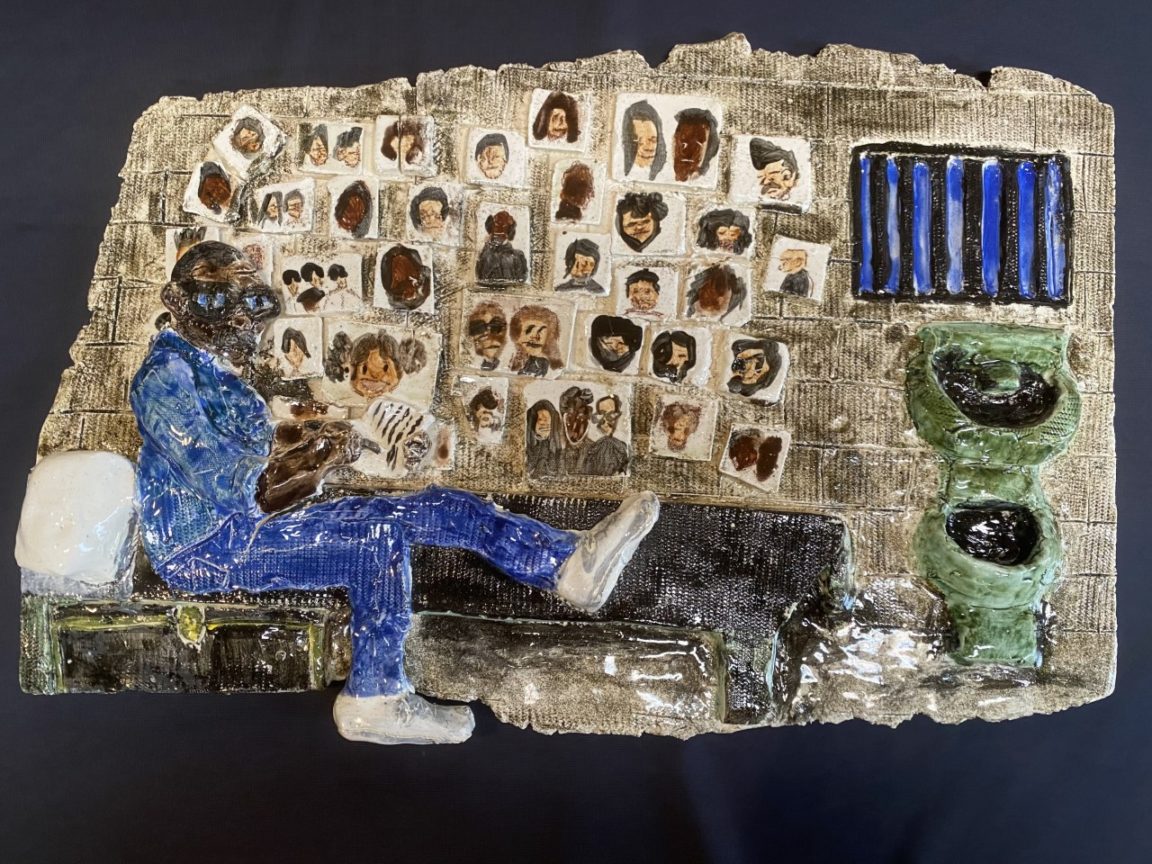
Gary Gee
The Idea of Ancestry: Locked into Thought
Ceramic
www.artbygarygee.com
Etheridge Knight found his poetic voice while incarcerated at the Indiana State Prison. Likewise, while imprisoned for a crime he didn’t commit, and for which he was later exonerated, artist Gary Gee discovered his own creative expression within the confines of a prison cell. His sculptural work explores the nature of those walls and that experience: concrete blocks represent barriers but also foundations; hard, impenetrable boundaries rendered in ceramic become light and fragile. This work created by Gary Gee imagines the parallels between Knight’s and the artist’s experiences finding a sense of freedom in captivity.
BARTON TOWERS
555 Massachusetts Avenue
Indianapolis, IN 46204
Closest IndyGo Stops:
Massachusetts Avenue & New Jersey Street (Route 38)
Michigan Street & East Street (Route 3)
How to Plan a Trip on IndyGo:
- Use the Trip Planner on IndyGo.net
- Use Google Maps (select “transit” as your travel method)
- Call IndyGo Customer Service at 317-635-3344
- Track your bus using the MyStop Mobile App
On May 31, 2021 we hosted “Swingin Syllables” a haiku competition in honor of Etheridge Knight. Eight poets competed in head-to-head matches until the winner, Chantel Massey, was the last standing. View the competition here.
Here is one of Chantel’s haikus from the night:

